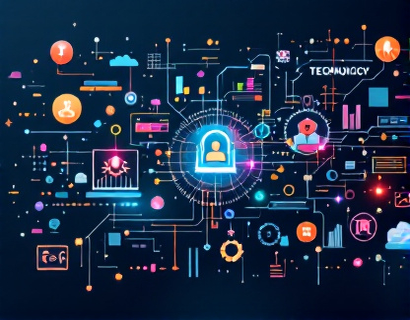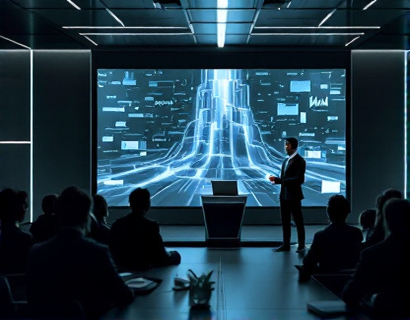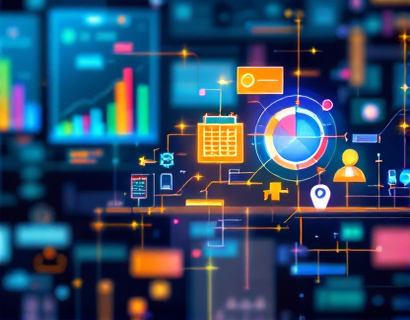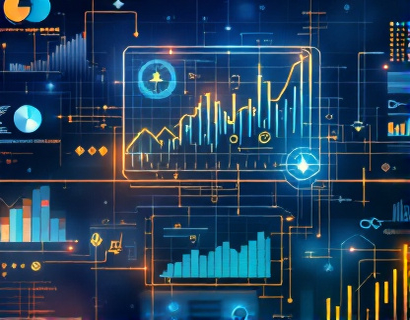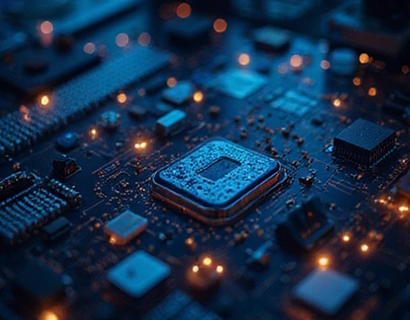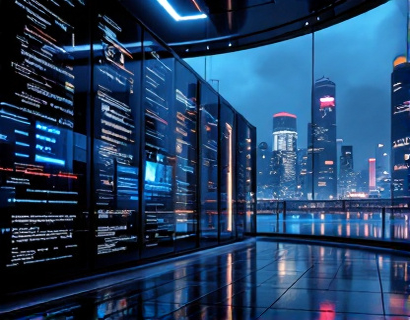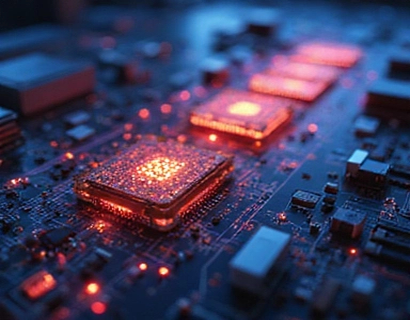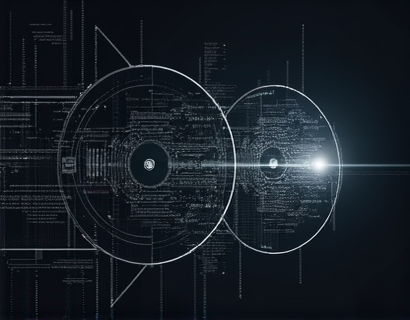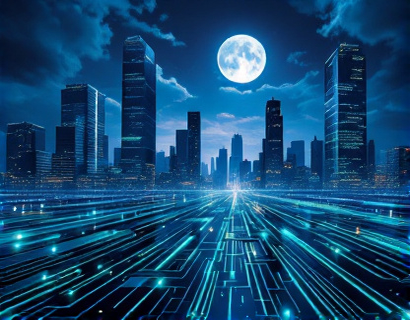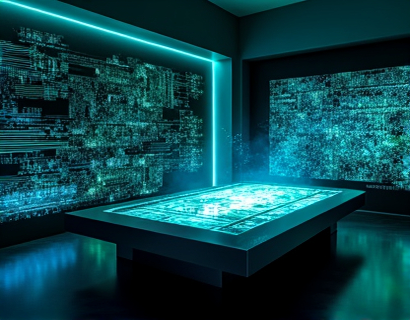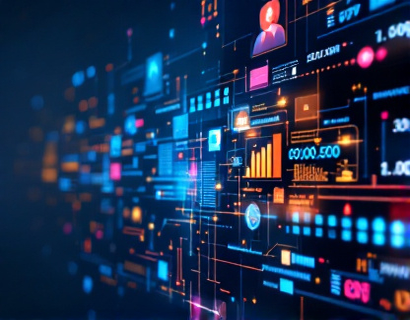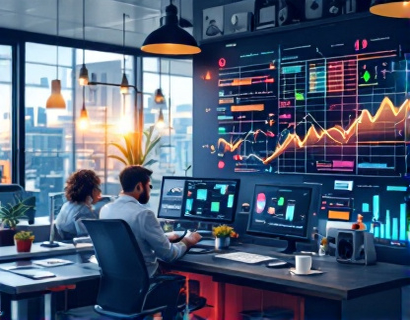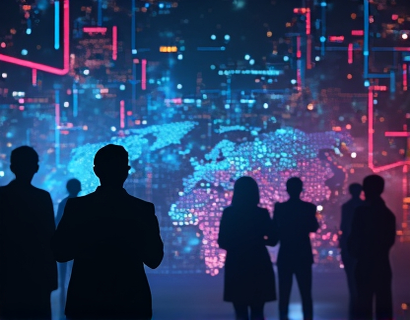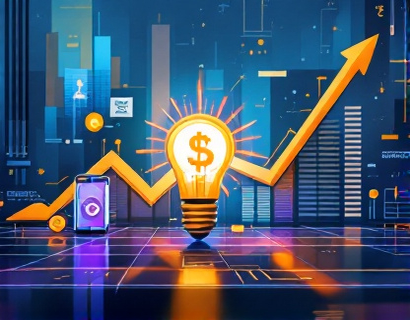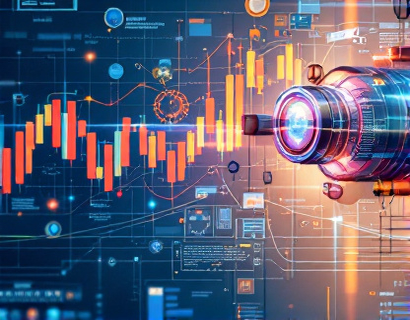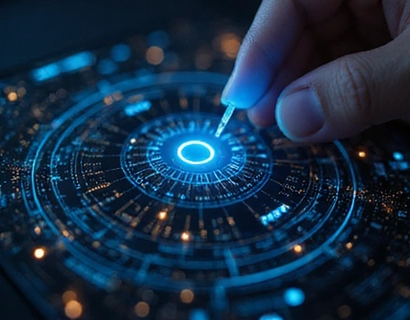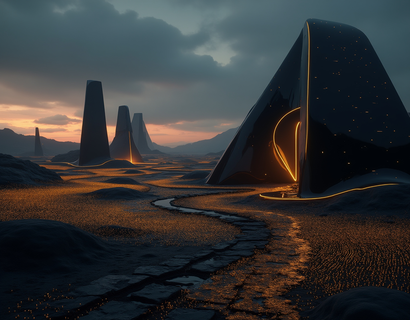Decentralized Transformation: Empowering the Future with AI and Crypto-Driven Solutions
The digital landscape is undergoing a profound transformation, driven by the convergence of artificial intelligence and cryptocurrency. This revolution is not just about technological advancements but a fundamental shift in how we interact, transact, and experience the digital world. The fusion of these two powerful technologies is giving rise to decentralized applications and services that are redefining user engagement and empowerment. This article delves into the intricate details of this transformation, exploring how AI and crypto are synergistically creating a new era of digital innovation.
The concept of decentralization has been a cornerstone of the internet since its inception, but it is only now, with the advent of blockchain technology, that we are seeing its full potential realized. Decentralization, at its core, means distributing control and decision-making across a network, eliminating the need for central authorities. When combined with AI, this model becomes even more potent, enabling systems that are not only self-governing but also intelligent and adaptive.
Understanding Decentralized Applications
Decentralized applications, or dApps, are software programs that run on a blockchain or a decentralized network, rather than on a central server. These applications leverage the transparency, security, and immutability of blockchain technology to provide services that are resistant to censorship and manipulation. Unlike traditional applications, dApps do not rely on intermediaries, which means users have full control over their data and interactions.
The architecture of a typical dApp includes a frontend user interface, a backend smart contract, and a decentralized storage system. The smart contract, written in a programming language like Solidity, automates the application's logic and rules, ensuring that transactions and interactions are executed as intended. Decentralized storage solutions, such as IPFS (InterPlanetary File System), store data across the network, enhancing scalability and reliability.
AI in Decentralized Systems
Artificial intelligence plays a crucial role in enhancing the capabilities of decentralized systems. AI algorithms can process vast amounts of data, identify patterns, and make predictions, all of which are invaluable in a decentralized environment. For instance, AI can be used to optimize network performance, enhance security measures, and improve user experiences by personalizing content and services.
One of the key areas where AI and decentralization intersect is in the development of autonomous decentralized organizations (ADOs). ADOs are self-governing entities powered by smart contracts and AI, capable of making decisions and executing tasks without human intervention. These organizations can manage resources, allocate funds, and even create and manage their own dApps, all through automated processes driven by AI.
Enhancing User Engagement through AI and Crypto
The combination of AI and cryptocurrency is revolutionizing user engagement in digital spaces. Traditional platforms often struggle with user retention and engagement, but decentralized and AI-driven solutions offer innovative approaches. For example, gamification elements powered by AI can create immersive and rewarding experiences for users, encouraging active participation and long-term engagement.
Tokenization, a process where assets are represented by digital tokens on a blockchain, is another mechanism that enhances user engagement. By tokenizing rewards, content, and even platform governance, users are incentivized to contribute and interact more deeply with the system. AI can further personalize these tokens and rewards based on user behavior and preferences, creating a more tailored and engaging experience.
Security and Trust in Decentralized Systems
Security is a paramount concern in any digital system, and decentralized platforms fortified by AI are no exception. The inherent security features of blockchain, such as cryptographic hashing and consensus mechanisms, provide a robust foundation. However, AI can take this a step further by detecting and mitigating potential threats in real-time.
AI-driven security solutions can monitor network activity, identify anomalies, and respond to threats before they become significant issues. For instance, machine learning algorithms can analyze transaction patterns to detect fraudulent activities or identify vulnerabilities in smart contracts. This proactive approach to security enhances trust in decentralized systems, making them more appealing to users who are often wary of digital risks.
Case Studies: Real-World Applications
Several projects are already demonstrating the potential of AI and decentralized technologies. One notable example is Decentraland, a virtual reality platform that uses blockchain to create a shared virtual world. Users can own land, build structures, and interact with others in a fully decentralized environment. AI is used to enhance the user experience by personalizing content and managing the virtual economy.
Another example is Augur, a decentralized prediction market platform. Augur leverages AI to analyze data and predict outcomes, allowing users to bet on various events with a high degree of accuracy. The platform's decentralized nature ensures transparency and fairness, as predictions are aggregated through smart contracts.
Challenges and Future Prospects
Despite the promising potential, the integration of AI and decentralization is not without challenges. Scalability remains a significant issue, as blockchain networks can struggle to handle high volumes of transactions. However, ongoing developments in layer 2 solutions and more efficient consensus mechanisms are addressing these concerns.
Interoperability is another area that requires attention. As the ecosystem of decentralized applications grows, the ability for different platforms to communicate and work together seamlessly becomes crucial. Standardization efforts and cross-chain technologies are paving the way for a more interconnected decentralized web.
The future of AI and decentralized technologies holds immense promise. As these technologies continue to evolve, we can expect to see more sophisticated and user-friendly decentralized applications. The convergence of AI, blockchain, and other emerging technologies will likely lead to the creation of entirely new industries and business models, further transforming the digital landscape.
Conclusion
The fusion of AI and decentralization is not just a technological trend but a fundamental shift in how we build and interact with digital systems. By leveraging the strengths of both paradigms, we are creating more secure, transparent, and engaging digital experiences. As early adopters and tech enthusiasts, embracing these innovations is key to staying ahead in the rapidly evolving digital world. The future is decentralized and intelligent, and it is an exciting journey to be a part of.



